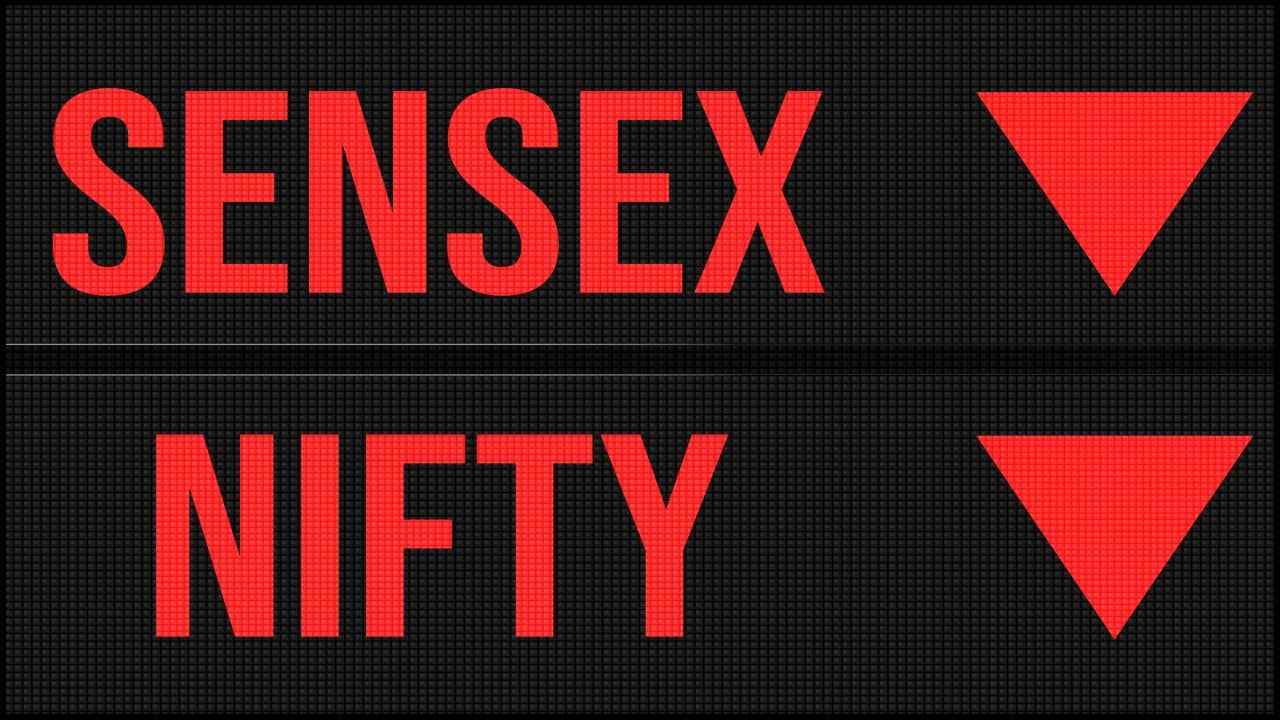 |
|
The Indian stock market experienced a significant downturn on September 30th, with the Sensex plummeting over 1,000 points and the Nifty falling below its crucial level of 26,000. This downturn, following a robust rally in the previous sessions, can be attributed to a confluence of factors, highlighting the volatile nature of global markets and the influence of geopolitical events on investor sentiment.
One of the primary drivers of this market slump is the escalating tensions in the Middle East. Israel's intensified strikes on Iranian-backed forces have instilled fear of a broader conflict, prompting investors to shift away from riskier equities towards safe-haven assets like gold. The recent escalation, following the killing of Hezbollah leader Sayyed Hassan Nasrallah in Beirut, has added to the uncertainty, making investors cautious about their investments.
Adding to this uncertainty is the performance of Chinese stocks, which have surged in recent months due to the Chinese government's monetary and fiscal stimulus measures. This surge, reflected in the significant rise of the Hang Seng index, has attracted foreign investors, potentially diverting capital away from Indian markets. While domestic investment is strong enough to absorb any potential outflow from foreign institutional investors (FIIs), the short-term impact on Indian markets cannot be ignored.
Another contributing factor is the natural tendency of investors to take profits after a sustained rally. The Nifty and Sensex had experienced a six-session surge fueled by optimism around US interest rate cuts and anticipated foreign inflows. However, the lack of significant new triggers prompted investors to cash in on these recent gains, leading to a correction in the market. The recent rally had pushed the indices to record highs, making profit booking a natural response for some investors.
Adding to the complex interplay of factors are mixed cues from global markets. While mainland China stocks saw a surge due to a better-than-expected PMI report, Japan's Nikkei 225 plunged due to political changes. In the US, the Dow Jones reached a record high, but the Nasdaq and S&P 500 saw slight declines, signaling a cautious approach by investors.
Finally, investors are exhibiting nervousness ahead of several key economic releases and speeches this week. These include Federal Reserve Chair Jerome Powell's speech, job openings data, private hiring figures, and manufacturing data. The week will culminate with the US nonfarm payroll report and unemployment rate report, which could have significant implications for future interest rate decisions, further influencing global market sentiment. This cautious outlook highlights the sensitivity of the markets to upcoming economic data and policy announcements.
Overall, the downturn in Indian markets is a complex phenomenon, driven by a combination of geopolitical concerns, global market trends, and domestic factors. While the recent decline may be attributed to profit booking and investor caution, the potential for sustained volatility remains. The future direction of the market will be influenced by the evolution of geopolitical events, global economic data releases, and the decisions of the Federal Reserve and other central banks.
Source: Five factors that triggered the 1,000 point fall in Sensex
